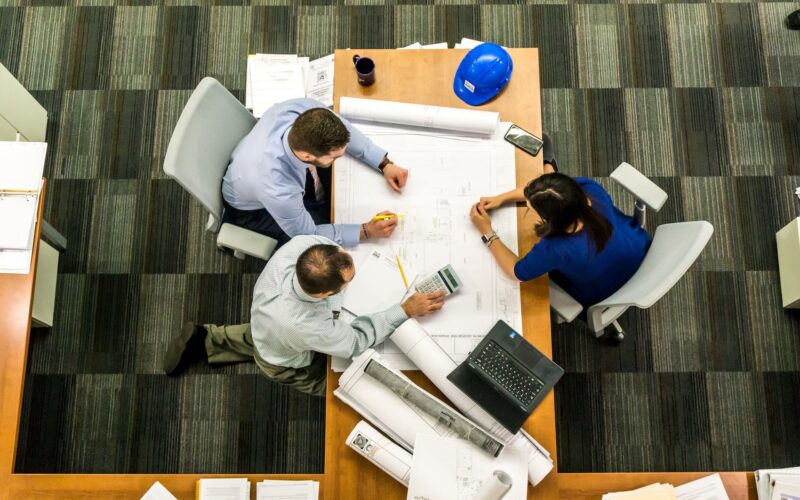In times of economic expansion, industries make large capital expenditures that drive up the cost of construction projects. As a result, some owners attempt to regulate costs by implementing fixed-price contracts. But fixed price contracts also pass on the additional risks of an overheated economy to the Design and Project Management Services Los Angeles, CA. As a result, contractors will raise their prices to compensate for these extra risks. In the long run, this approach can result in higher costs and lower quality.
Communication
One of the most important things in a construction project is effective communication. Your communication style will determine how others will perceive you. For example, your messages will be ignored or questioned if you are not a good communicator. As a construction project involves many stakeholders, communication is crucial to the team’s success. Good communication will strengthen the project team and increase confidence among all members. It will also contribute to the project’s on-time, under-budget, and excellent safety record. Communication is a dynamic process that helps share ideas, facts, and opinions with other parties. It also informs others of desired actions. Since the construction industry is fragmented, effective communication will ensure the project’s success.
Planning
One of the most important parts of construction management is planning. Creating a detailed project plan can help ensure all project elements are carried out on schedule. Planning also involves creating documents, such as blueprint drawings and specifications. These documents define scope documentation and provide details for permits, fees, and licenses. Detailed plans also help the construction manager to identify potential obstacles in the construction process. Ideally, the project manager should have an outline of the construction project before starting.
The first step in the planning process is to create a detailed plan. It is necessary for the construction industry, as a change in one factor can significantly affect the entire project. In addition, a thorough plan will allow the managers to monitor the project and make necessary adjustments. A detailed plan is important in the construction process, but there are many different types of planning.
Scheduling
There are many different ways to manage projects, including project scheduling and cost control. A common approach to construction scheduling is the critical path method. This method involves identifying the sequence of activities that will take the most time to complete. It also helps identify the most critical “branch” of the project’s path. Using this method, you can identify critical activities and track their progress. Once you have identified the most important activities, you can create an accurate schedule that includes them all.
Construction scheduling is essential to a successful construction project. It sets expectations and ensures that activities are executed as planned without compromising quality. Whether you use a simple spreadsheet or an advanced digital scheduling tool, accurate data is the most important element of successful construction scheduling. Using the right tools and techniques can improve the accuracy of your schedules and save you money.
Quality Control
Quality control in construction involves managing the risks and preventing mistakes during construction. The term “quality control” refers to a set of procedures and tools that are used to improve a project’s quality. Those tools include the Plan-Do-Check-Act (PDCA) cycle, Fishbone Diagram, Pareto Chart, Scatter Diagram, Flowchart, and more. If your project requires construction management, you will want to consider all of these tools.
Project management software streamlines communication and reduces complexity, enabling a more collaborative design review process. Managing construction projects effectively is vital. =
Safety
As part of the construction management process, some important health and safety regulations exist. Make sure your company has every tool that can prevent accidents, such as lifts, for example, which allow workers to reach high places without endangering themselves. The Health and Safety at Work Directive requires a chain of responsibility between clients, building owners, contractors, and sub-contractors.
A health and safety plan must be in place before any work can begin. A client may nominate someone who will oversee health and safety on work sites. If health and safety are not adequately addressed and managed, the construction phase cannot begin.
In addition to health and safety regulations, there must also be a construction project plan to ensure all aspects of the project are safe. Health and safety management is vital for workers and those who contact the construction site. Inadequate health and safety can lead to large claims against a construction company. To help ensure a safe working environment, supervisors must set a good example and listen to worker concerns. They must also demonstrate ownership of the process and ensure everyone is working towards the same goal.

